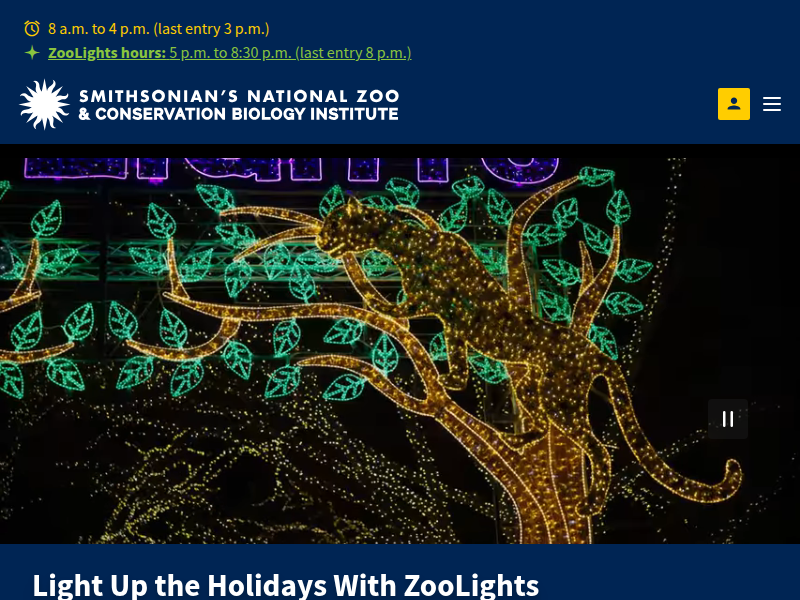Focus on the Future: Johnny Stutzman | Smithsonian’s National Zoo and Conservation Biology Institute https://nationalzoo.si.edu/conservation/news/focus-future-johnny-stutzman
Smithsonian graduate fellow Johnny Stutzman shares how mentors can mold a scientific career in our latest Focus on the Future.
I didn’t have the best GPA coming out of college and I didn’t have any prior field

